Exploring The Fourteen Spectacular National Parks Of Romania
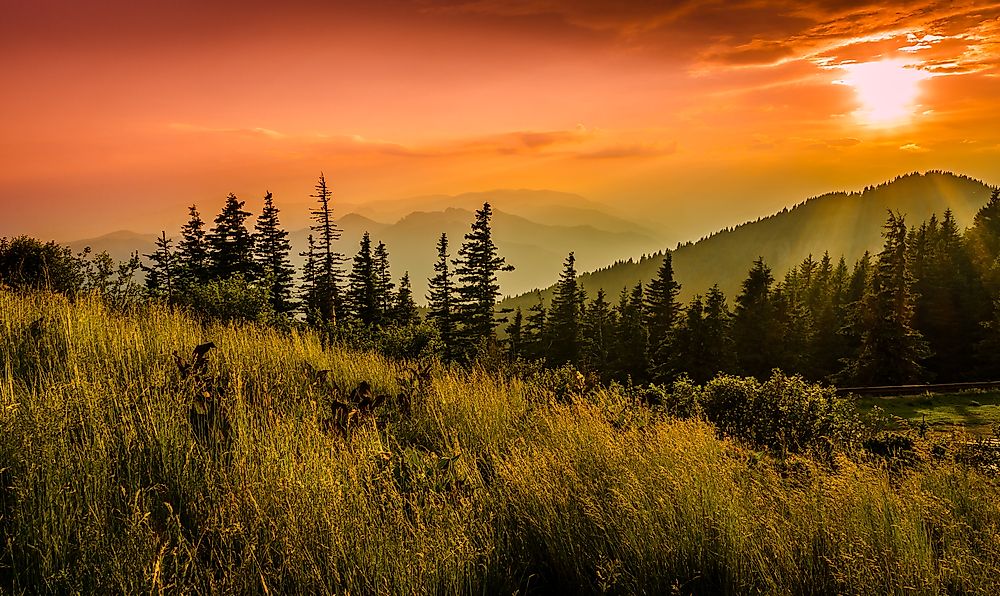
Romania is a country of diverse scenic beauty attracting huge numbers of tourists from all corners of the world. The country's landscape is evenly distributed providing a wide array of choices to pick from when visiting the country. The landscape is comprised of beautiful mountain regions, hills, and plains. A bout 5.18% of Romania’s land is protected, an area covering 4772.2 square miles consisting of 14 National parks. Danube Delta is the largest in the country occupying almost half of all the protected land of 2.4.3% of the total area in Romania. Danube Delta has been listed by UNESCO as a world heritage site.
14. Buila-Vânturarița
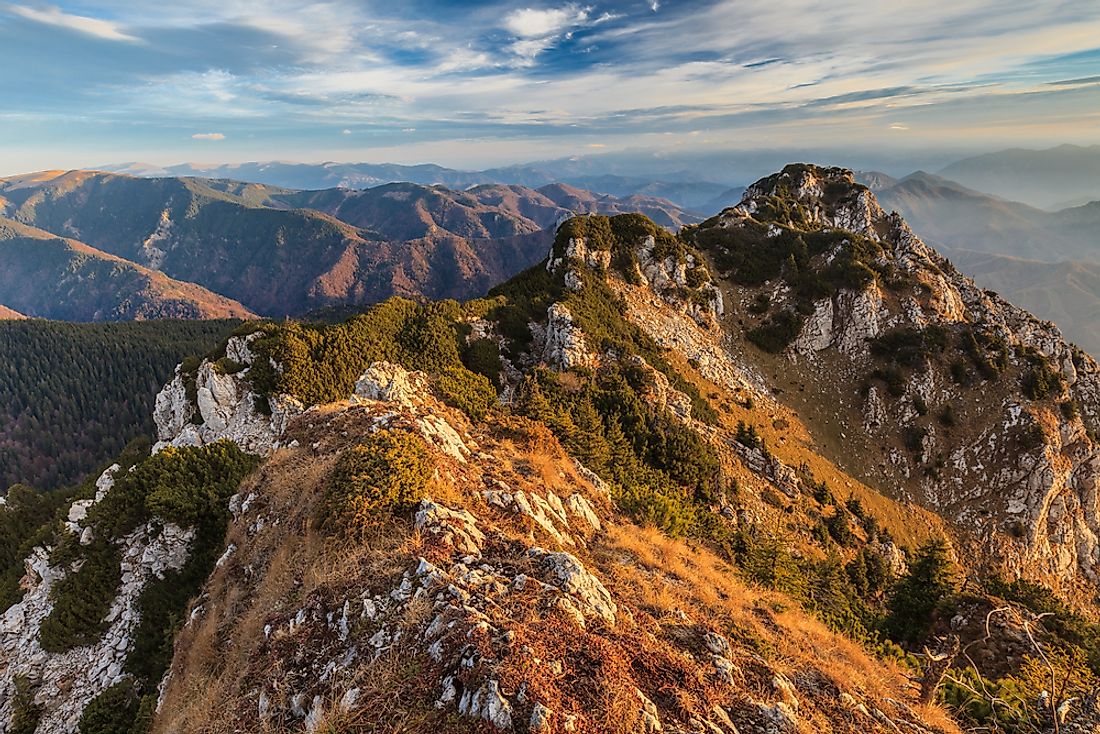
The Buila-Vânturarita national park is located in the county of Vâlcea, Romania. It is a protected area representing flora and fauna of the mountainous Southern Carpathians. The park was established on January 12, 2005, covering an area of 4,186 hectares and has a wide variety of animal and plant species. The protected areas found in the park include Mount Stogu, Pagoda Cave, Valcea Bistrita Cave, Valea Cheii Forest, Trovant Museum, Munteanu-Murgoci Cave, Radita-Mânzu, Clopot Cave, Calinesti-Brezoi Forest and Arnauti Cave.
13. Danube Delta
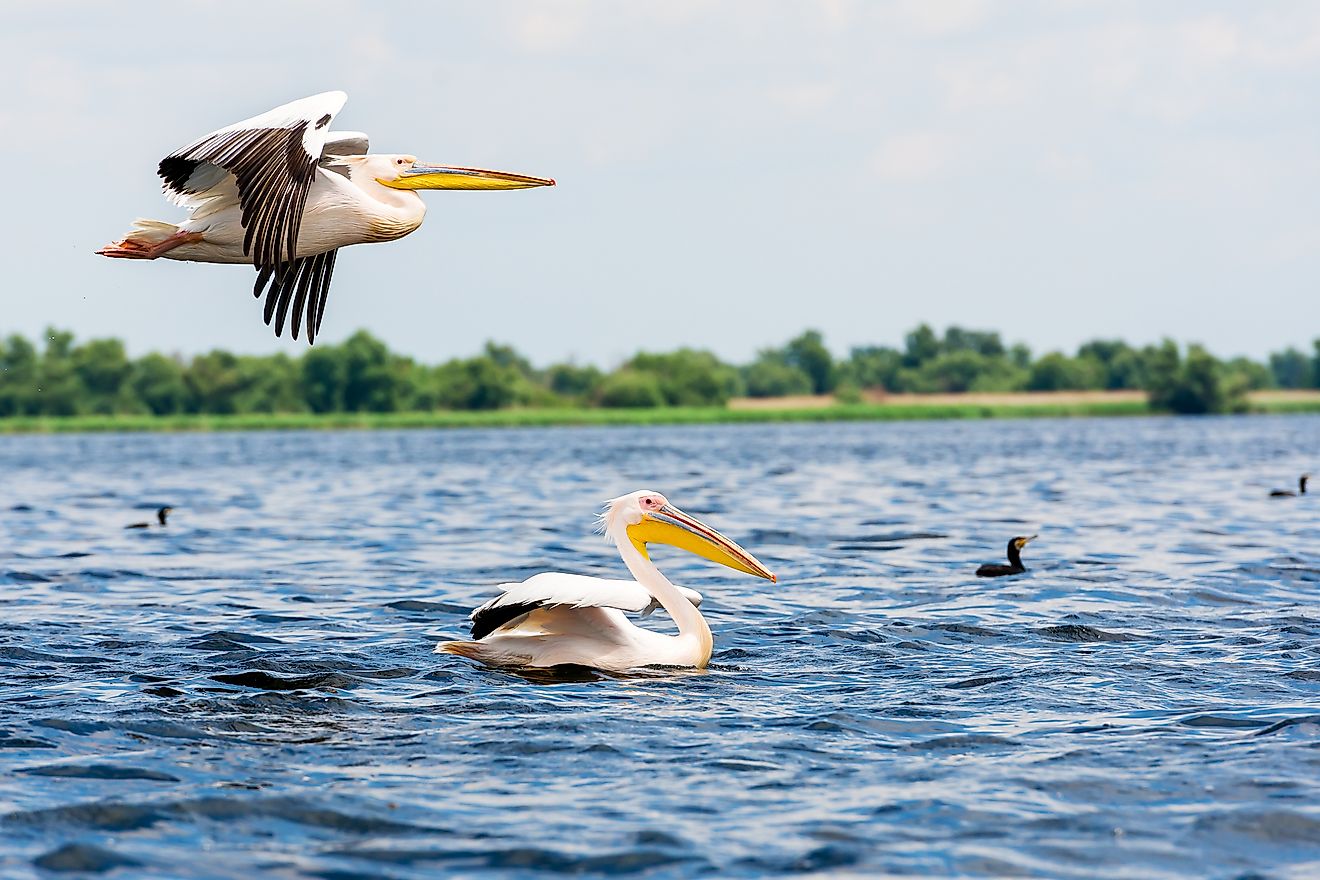
The Danube Delta is the second largest river delta after the Volga Delta found in Europe. The Danube Delta National Park was established in 1991, becoming a part of UNESCO's list of World Heritage Sites. Under the Programme on Man and the Biosphere, an initiative of UNESCO, a part of the Danube Delta shared by both Romania and Ukraine was established as a biosphere reserve in 1998. Danube Delta covers an area of 5,762.16 hectares.
12. Cheile Bicazului-Hășmaș
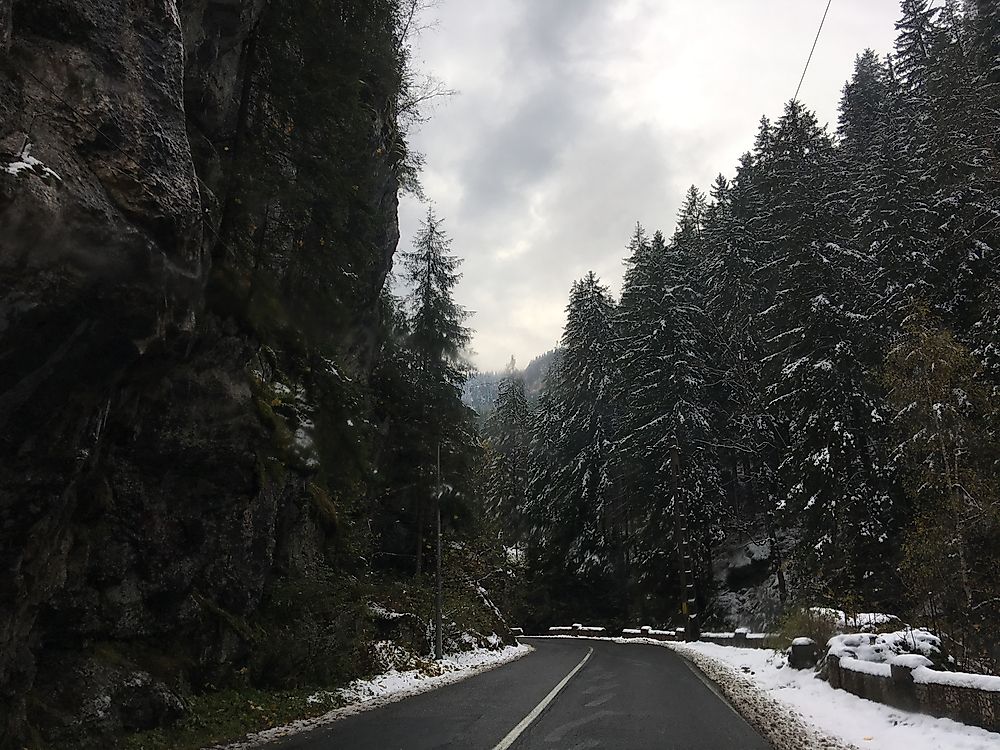
The Cheile Bicazului-Hasmas is a national park located in the reservation territory of the Harghita and Neamt counties. The park's administration is situated in the county of Harghita. The park is further subdivided into the protection zone, accounting for 22% and the special conservation zone, accounting for 78%. The most significant geological features of the park include Hasmas Mountains, the Cheile Bicazului Lacu Rosu which is a natural dam lake and a deep canyon. The Cheile Bicazului-Hasmas was established in 1990 and declared a national park in 2000 covering an area of 6,575 hectares.
11. Ceahlău
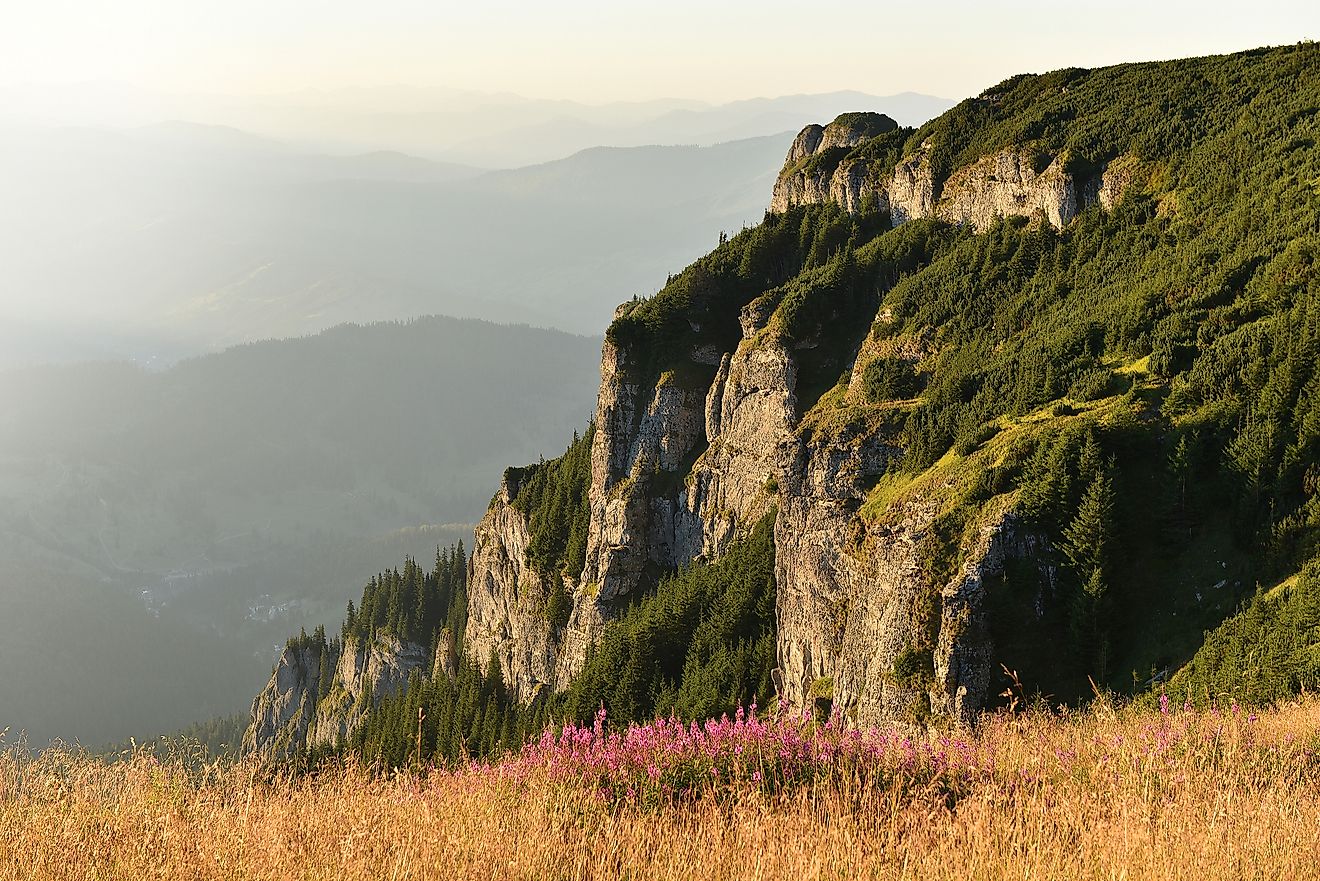
The Ceahlåu national park was established in 1995 is located in the county of Neamt. The Ceahlåu's most significant peaks include the Ocolasul Mare and Toaca with a height of 5, 721 and 5,712 feet above sea level respectively. The national park is home to a wide variety of plant and animal species some of which are endemic to Romania. Some of the most popular activities in the park include skiing, hiking, and camping. Ceahlåu was declared a national park in 2000 and covers an area of 7,742.5 hectares.
10. Jiu Valley
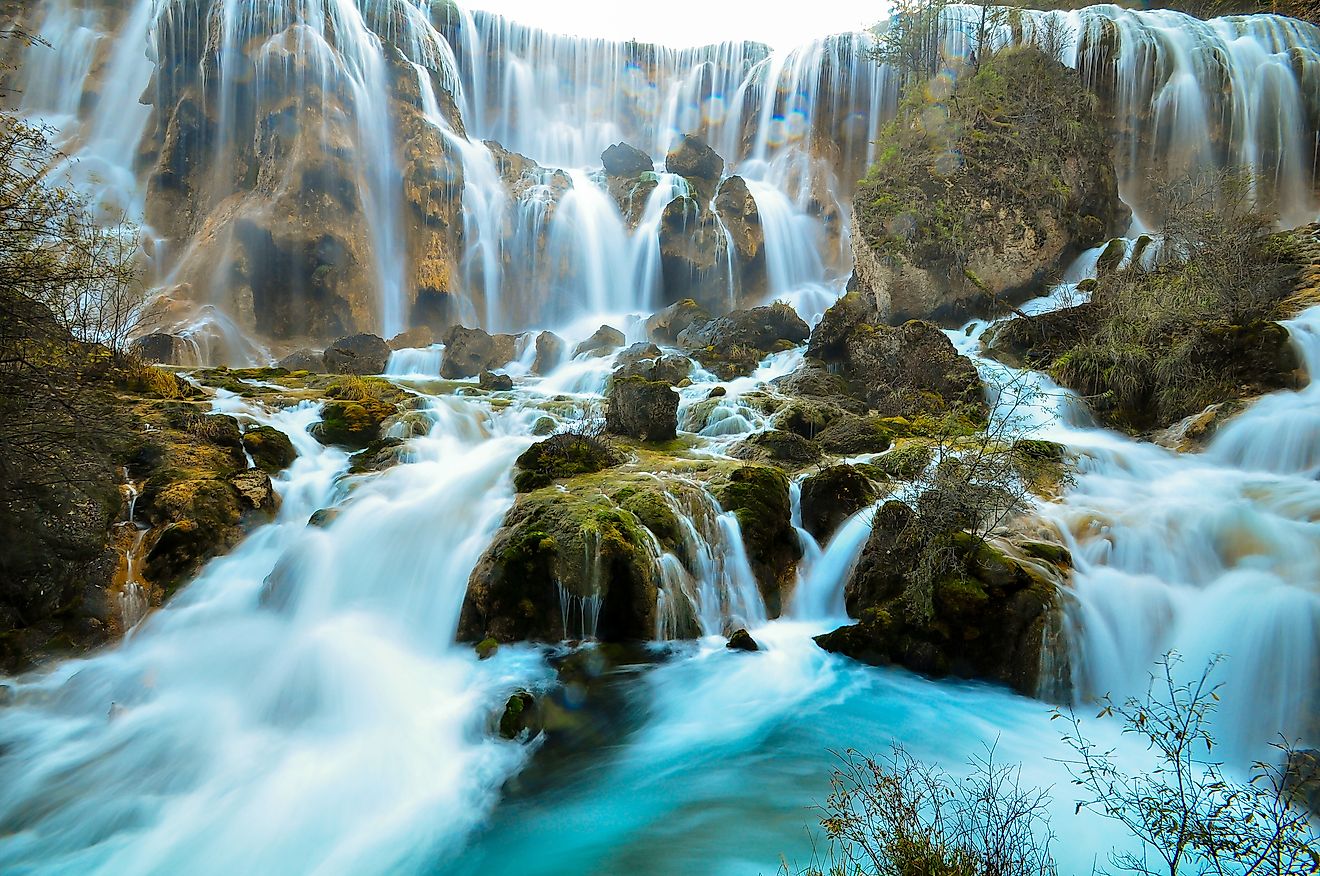
Jiu Valley is also known as the Defilaul Jiului National Park and is a protected area located in the county of Gorj, Hunedoara in Romania. The national park is found along the cleft formed by the Jiu River between the Parâng and Vâlcan mountains. The Jiu Valley was declared a protected area in 2005, representing an area that preserves large numbers of animal and plant species. The park covers an area of 11,127 hectares.
9. Măcin Mountains
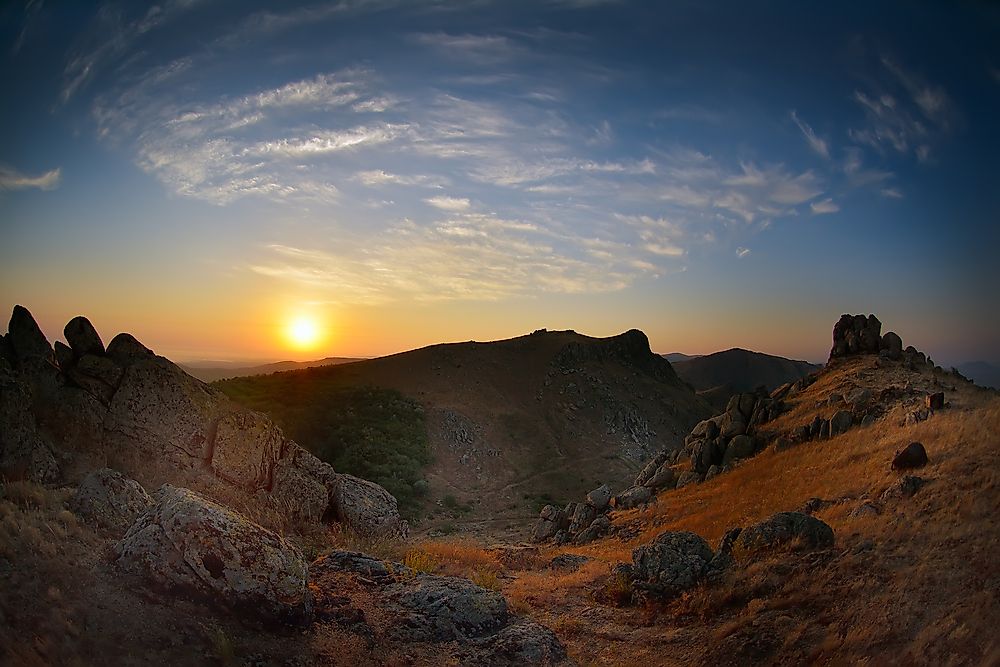
The Măcin Mountains is located in the county of Tulcea, Dobrogea in Romania. The mountain range is among the oldest in Romania. The national park was established and declared a protected area in 2000 and is home to some bird species including the red-rumped swallow, booted eagle, the saker falcon and several others. The park is a typical habitat for some migratory bird species as well. The Macin Mountains National Park covers an area of 11,151.82 hectares.
8. Piatra Craiului
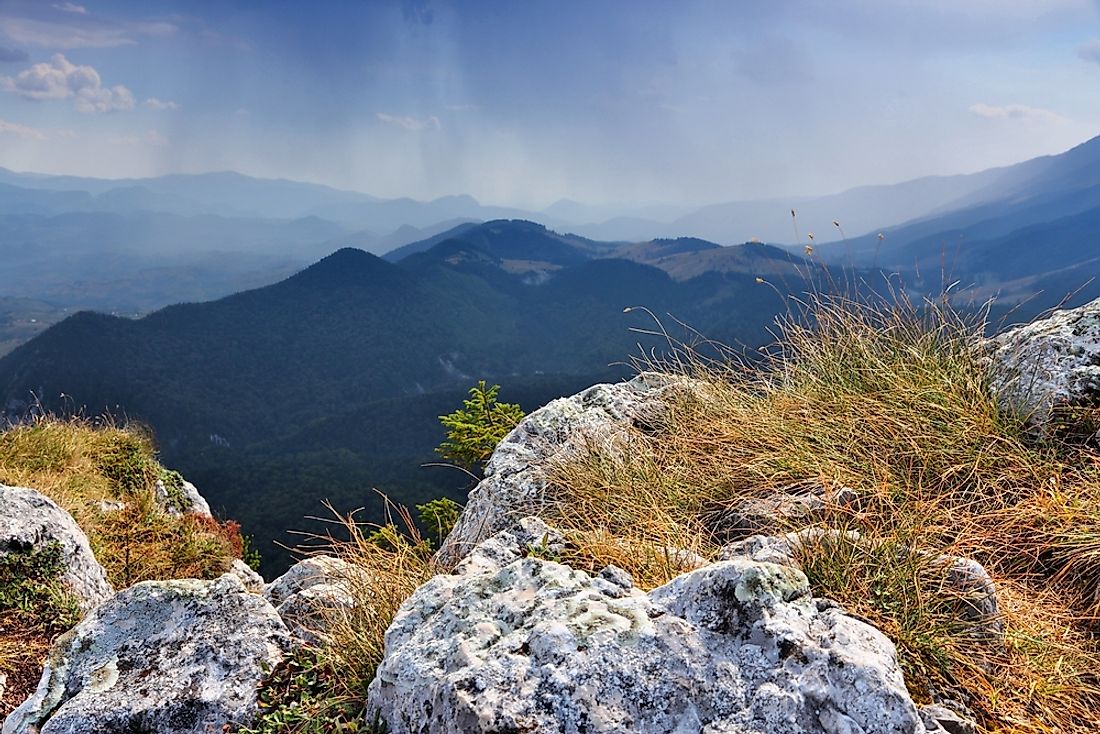
The Piatra Craiului is mountain rang located in the county of Argeş, Braşov in Romania. The mountain range comprises of a thin saw-like ridge which is considered one of the most scenic sites in Romania. The Piatra Craiului National Park was established in 1938 and declared a natural protected area in 2000. The park has several endemic species and diverse flora and fauna. The park covers an area of 14,773 hectares.
7. Cozia
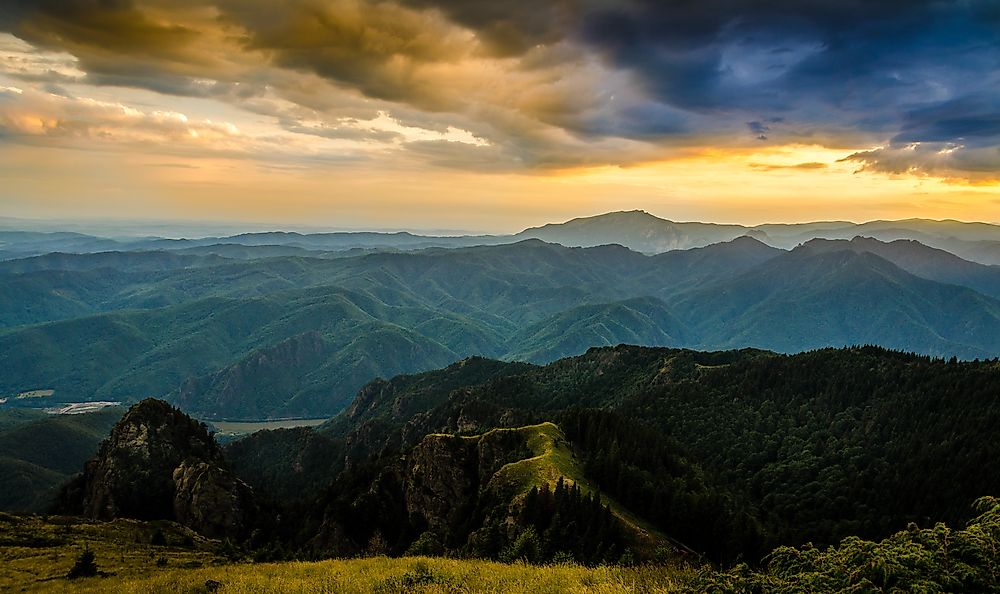
The Cozia National Park is located in the county of Vâlcea, Romania and was declared a natural protected area on March 6th, 2002, though it was established in 1966. The park represents a mountainous region with flora and fauna endemic to the Southern Carpathians. The Cozia National Park is also home to several species of lichens. Coziz national park covers an area of 17,100 hectares.
6. Călimani
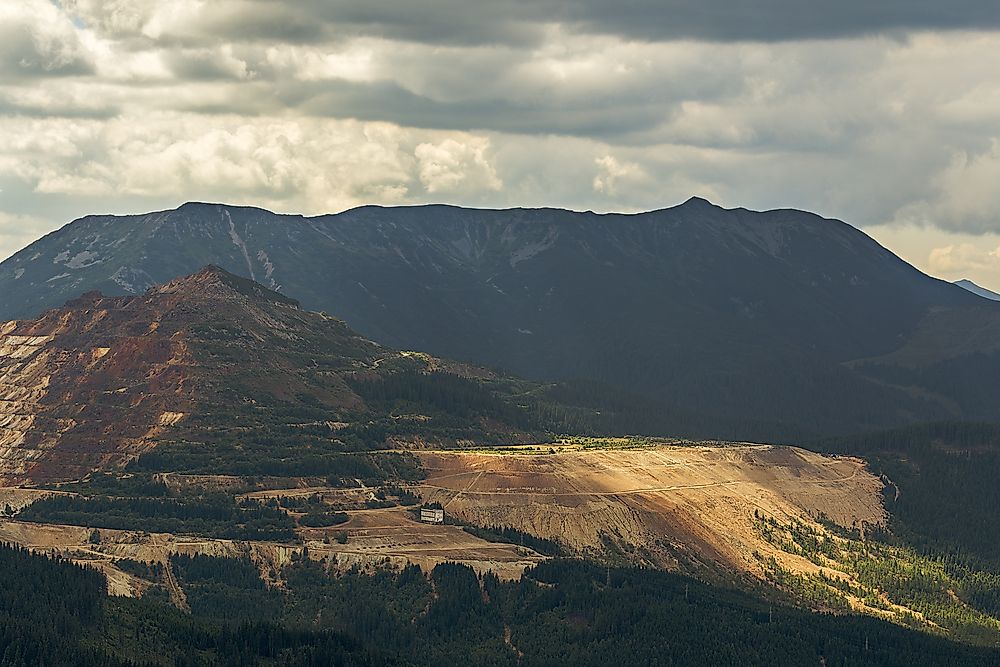
The Călimani National Park which was established in 1975, is a protected area located in the counties of Mureş, Harghita, Bistrița-Năsăud and Suceava. The Călimani National Park protects the Călimani Mountains. The national park was declared a protected area in 2000 and covers an area of 24,041 hectares. There are about 1,004 species of vascular plants in the park out of which the shrubs and trees are a minority.
5. Semenic-Cheile Carașului
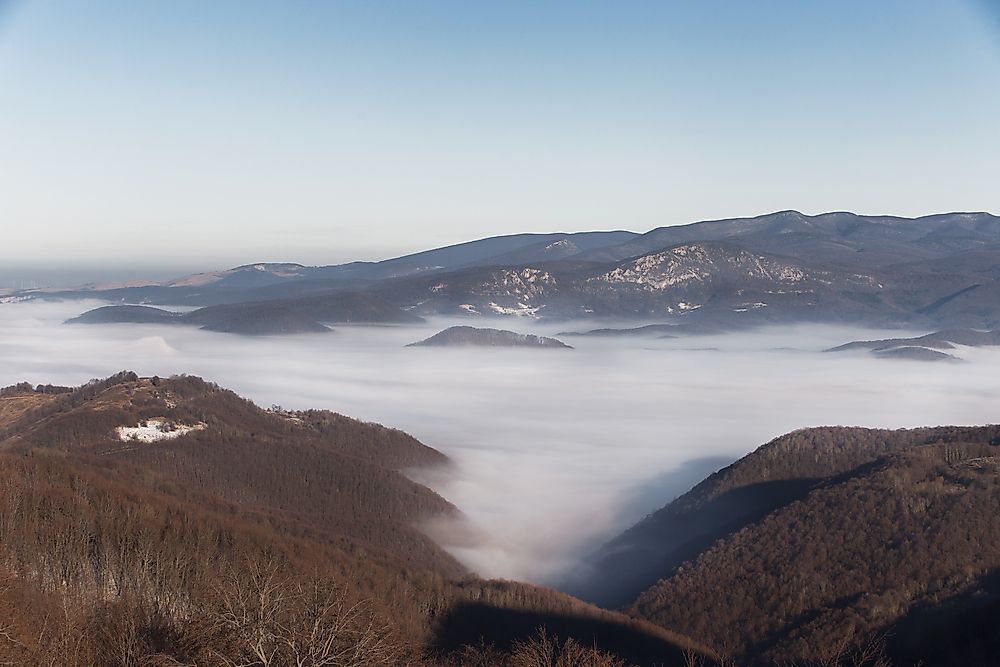
The Semenic Cheile-Carașului National Park is a protected area located in the county of Caraş-Severin and was established in 1982 and declared as a national park in on April 12th, 2000. The national park represents a mountainous region with the following features caves, sinkholes, valleys, canyons, ridges, pasture forests and pit caves which shelter the diverse and large number of flora and fauna some of which are endemic. The parks cover an area of 36,664 hectares.
4. Cheile Nerei-Beușnița
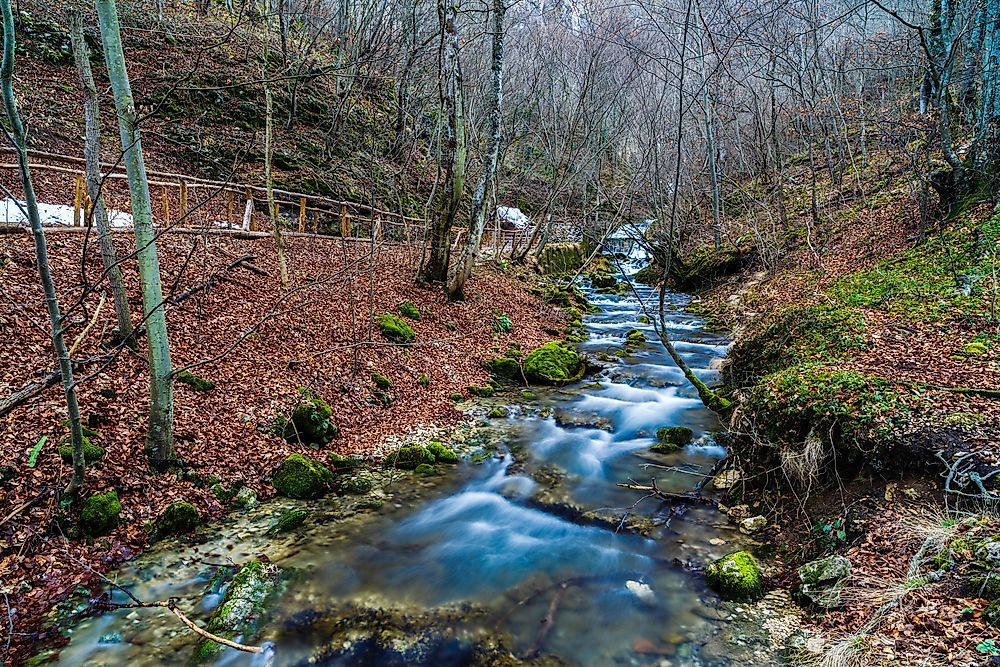
The Cheile Nerei-Beușnița National Park is a protected area located in the county of Caraş-Severin which was established in 1990 and declared a national park on March 6th, 2000. The park represents a mountainous region with the following features waterfalls, caves, canyons, cirques, valleys and crevasses which shelter a wide variety of plant and animal species some of which are very rare to endemic. The park covers an area of 36,758 hectares.
3. Retezat
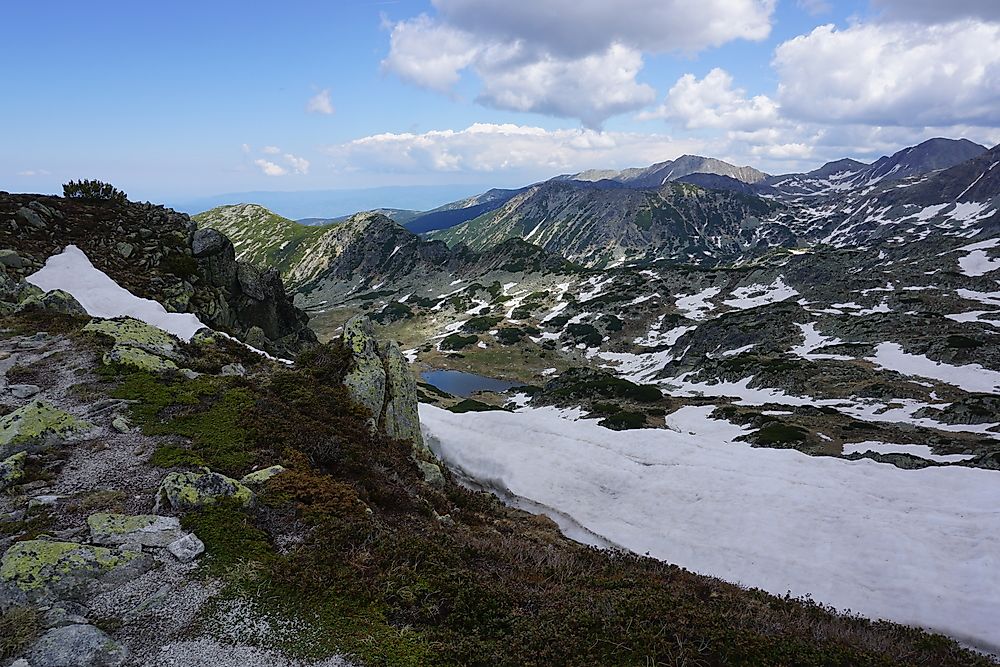
The Retezat National Park, located in the Retezat Mountains, is a protected area found in the county of Hunedoara-Romania. The park was established in 1935 and declared a protected area in 2000. The main features of the nation park include 100 deep glacier lakes that are crystal clear, and 60 mountain peaks. The park was included in the UNESCO's Man and Biosphere Program in 1979. Retezat national park covers an area of 38,047 hectares.
2. Rodna Mountains
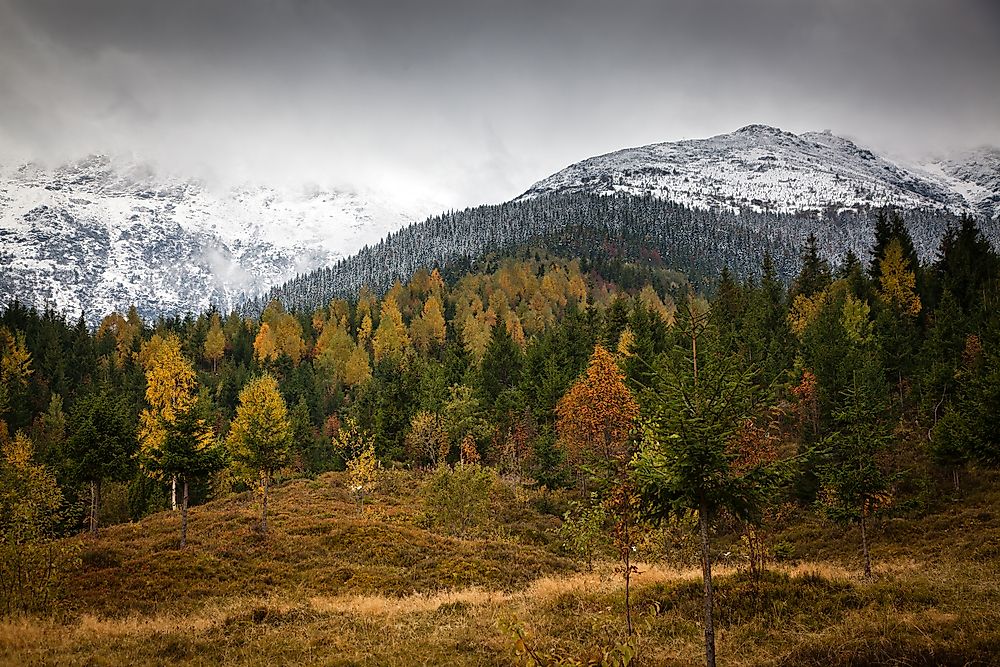
The Rodna National Park is a Romanian protected area located in the counties of Maramureş, Bistrița-Năsăud, and Suceava. The national park was established in 1990 and declared as a natural protected area on March 6th, 2000, representing a mountainous landscape whose features are as follows forests, springs, cirques, moraines, pastures, caves, and crevasses, sheltering a wide array of flora and fauna species. Rodna mountains national park cover an area of 47,177 hectares.
1. Domogled-Valea Cernei
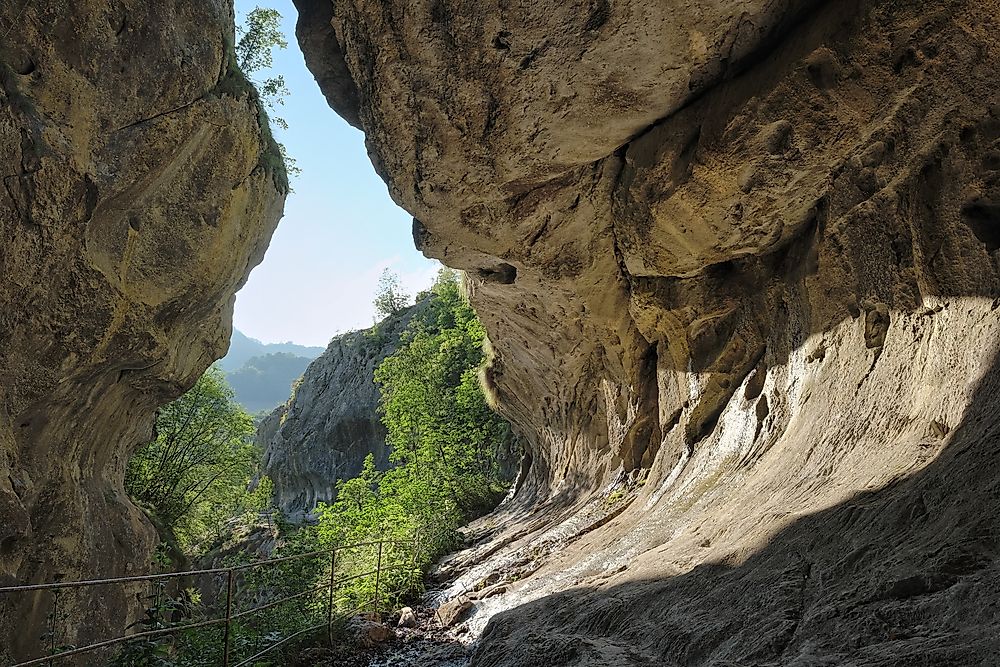
The Domogled-Valea Cernei National Park is a protected area in Romania located in the counties of Mehedinți, Caraş-Severin, and Gorj. The national park was established in 1982, and declared a protected area on March 6th, 2000, representing a mountainous region with the following features; sinkholes, pit caves, waterfalls, limestone pavements, caves and valleys that shelter a wide variety of animal and plant species some of which are either rare or endemic. The national park cover an area of 61,211 hectares.
Exploring The Fourteen Spectacular National Parks Of Romania
| Rank | Name | Area (in hectares) | Year of establishment | Year of declaration |
|---|---|---|---|---|
| 1 | Domogled-Valea Cernei | 61,211 | 1982 | 2000 |
| 2 | Rodna Mountains | 47,177 | 1990 | 2000 |
| 3 | Retezat | 38,047 | 1935 | 2000 |
| 4 | Cheile Nerei-Beușnița | 36,758 | 1990 | 2000 |
| 5 | Semenic-Cheile Carașului | 36,664 | 1982 | 2000 |
| 6 | Călimani | 24,041 | 1975 | 2000 |
| 7 | Cozia | 17,100 | 1966 | 2000 |
| 8 | Piatra Craiului | 14,773 | 1938 | 2000 |
| 9 | Măcin Mountains | 11,151.82 | 2000 | 2000 |
| 10 | Jiu Valley | 11,127 | 2005 | 2005 |
| 11 | Ceahlău | 7,742.5 | 1995 | 2000 |
| 12 | Cheile Bicazului-Hășmaș | 6,575 | 1990 | 2000 |
| 13 | Danube Delta | 5,762.16 | 1991 | 2000 |
| 14 | Buila-Vânturarița | 4,186 | 2005 | 2005 |











